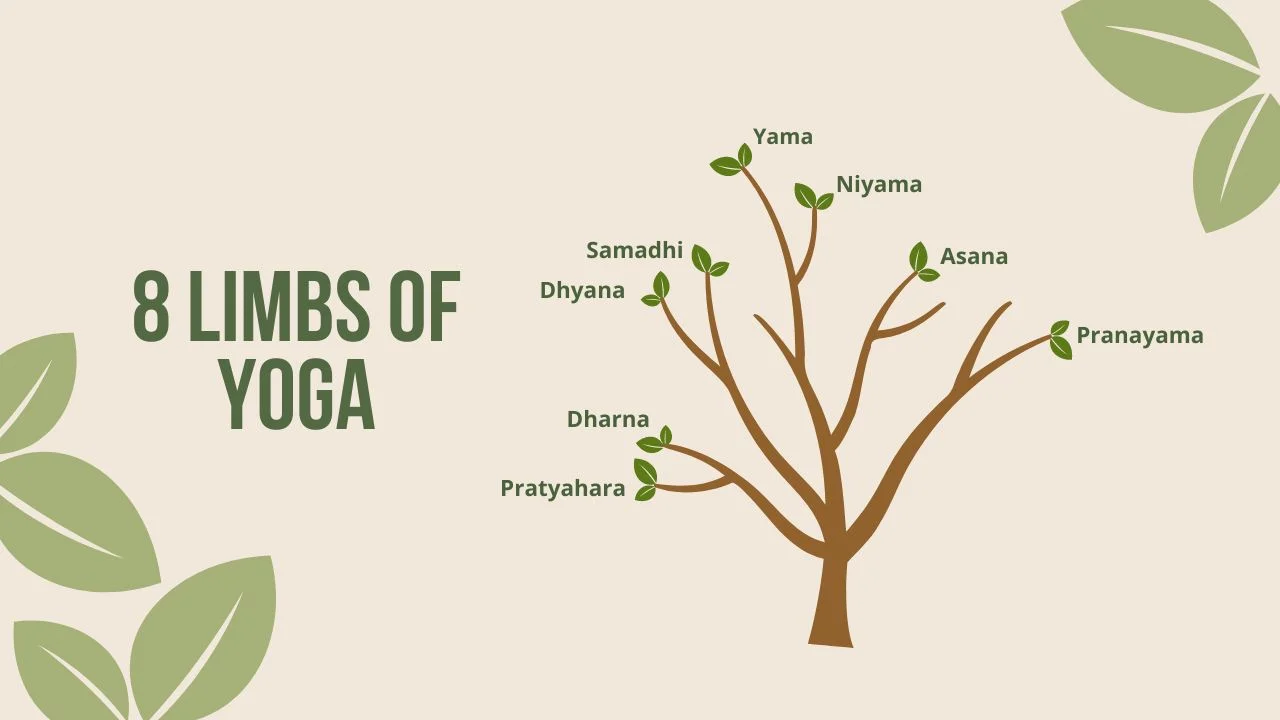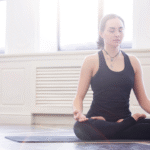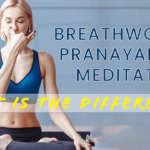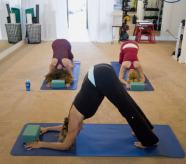Understanding the Essence of Yoga More Than Just Exercise
Yoga, an ancient practice with its origins deeply rooted in India, transcends the conventional definition of physical exercise. It is a profound and comprehensive system that harmoniously integrates various elements: physical postures known as asanas, controlled breathing techniques called pranayama, dedicated meditation practices, and a framework of ethical principles Yoga Journal. Far from being solely a regimen for physical fitness, yoga’s overarching goal is to cultivate a deep sense of harmony among the mind, body, and spirit. This integration ultimately paves the way for profound inner peace and a journey toward self-realization Verywell Fit.
While yoga’s historical roots are undeniably spiritual and philosophical, its modern interpretation and global adoption have largely centered on its extensive health and wellness benefits. People from all walks of life and diverse backgrounds are now embracing yoga not just as a spiritual discipline but as a powerful tool for improving their physical and mental well-being in the contemporary world. This widespread acceptance highlights its versatility and enduring relevance, demonstrating its capacity to adapt while retaining its core principles of holistic health and self-improvement.
The Foundational Pillars of Yoga Practice
The practice of yoga is built upon several foundational components, each playing a crucial role in its holistic approach to well-being. At the heart of yoga’s physical dimension are the asanas, the physical poses meticulously designed to cultivate strength, enhance flexibility, and improve overall balance. These postures range from simple stretches to complex inversions, all contributing to physical resilience and stability National Center for Complementary and Integrative Health. Through consistent practice of asanas, individuals can expect to develop a more profound connection with their bodies, fostering greater awareness of movement and alignment.
Beyond the physical, pranayama focuses on conscious breath control, serving as a powerful bridge between the body and mind. These deliberate breathing techniques are known to profoundly impact the nervous system, offering an effective means to reduce stress, calm the mind, and significantly improve lung capacity and respiratory efficiency Yoga Journal. By regulating the breath, practitioners can learn to manage their physiological responses to stress, promoting a state of inner tranquility and mental clarity.
Meditation, a core element of yoga, actively encourages mental clarity, sharpened focus, and refined emotional regulation Mindful. Through various meditative techniques, individuals are guided to observe their thoughts without judgment, fostering a sense of detachment from mental chatter. This practice enhances concentration and cultivates a peaceful inner state, empowering practitioners to navigate life’s challenges with greater equanimity.
Further extending beyond the physical and mental techniques, yoga also incorporates ethical guidelines, traditionally known as the Yamas and Niyamas. These principles promote universal qualities such as non-violence (Ahimsa), truthfulness (Satya), and contentment (Santosha), among others. They serve as a moral compass, guiding practitioners toward a more mindful, compassionate, and ethically sound way of living, thereby integrating the practice into daily life beyond the mat Yoga International. These ethical foundations underscore yoga’s comprehensive approach to personal growth and societal harmony.
Profound Benefits of Consistent Yoga Practice for Well-being
Engaging in regular yoga practice unlocks a wide array of benefits that significantly impact both physical and mental well-being, fostering a holistic improvement in quality of life. Physically, yoga is renowned for its capacity to improve flexibility, build muscle strength and tone, and enhance overall respiration and energy levels. Furthermore, it plays a vital role in contributing to a balanced metabolism, which is crucial for overall health Harvard Health Publishing. The intricate movements and sustained poses inherent in yoga challenge the body in gentle yet effective ways, leading to increased physical resilience and vitality.
Beyond these primary physical advantages, many dedicated practitioners also report significant improvements in posture, a heightened ability to protect the body from injury through increased body awareness and strength, and even enhanced athletic performance across various sports and activities American Osteopathic Association. The mindful approach to movement taught in yoga helps individuals understand their body’s limits and capabilities, leading to more intelligent and safer physical engagement.
Mentally, yoga stands out as a powerful and effective tool for stress reduction. Its practices often lead to an improved mood, a notable reduction in anxiety levels, and significantly better sleep quality Mayo Clinic. The combination of controlled breathing, physical postures, and meditative components helps to calm the nervous system, diminishing the physiological responses to stress. This holistic approach fosters a profound sense of inner calm and emotional stability.
The emphasis on mindfulness and present-moment awareness, integral to all facets of yoga, further cultivates greater self-awareness and strengthens emotional resilience. By learning to be fully present, practitioners can observe their thoughts and emotions without being overwhelmed by them, developing coping mechanisms that serve them well in everyday life. This deep dive into self-understanding empowers individuals to navigate life’s complexities with greater poise and a more balanced emotional landscape.
Sources
- American Osteopathic Association – Benefits of Yoga
- Harvard Health Publishing – Yoga for Better Health
- Mayo Clinic – Yoga: Tackle Stress with Gentle Poses
- Mindful – What is Meditation?
- National Center for Complementary and Integrative Health – Yoga: What You Need to Know
- Verywell Fit – What Is Yoga? History, Philosophy, and Styles
- Yoga International – The Yamas and Niyamas: Yoga’s Ethical Guidelines
- Yoga Journal – Pranayama Basics: How to Use Breath to Change Your State of Mind
- Yoga Journal – What Is Yoga?
Conclusion:
Yoga is an ancient practice that unites body, mind, and spirit through postures (asanas), breathwork (pranayama), meditation, and ethical principles. Beyond physical fitness, its true aim is harmony, inner peace, and self-realization. Rooted in India yet embraced worldwide, yoga adapts to modern wellness needs while preserving its holistic essence. Consistent practice enhances flexibility, strength, posture, and balance while reducing stress and improving sleep. By fostering mindfulness and ethical living, yoga becomes not just exercise but a complete lifestyle for well-being.











